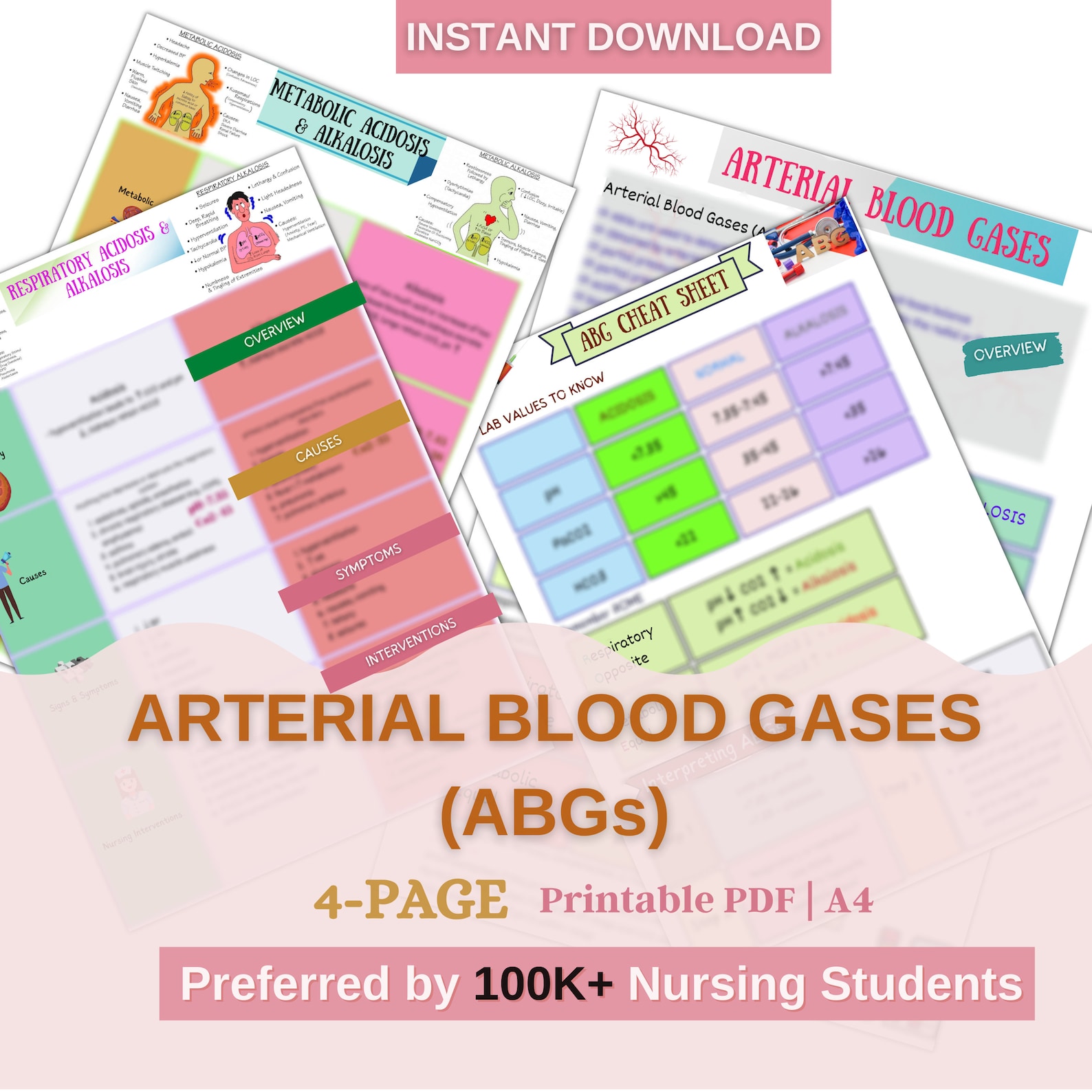

After inducing the disease in rats, the distearoylphosphatidylcholine (DSPC), dibehenoylphosphatidylcholine (DBPC), or dipalmitoylphosphatidylcholine (DPPC) OMBs were administered intraperitoneally at a 100 mL/kg dose every 12 h, up to 36 h. We replicated an ARDS rat model by intratracheal administration of lipopolysaccharide at a 24 mg/kg dose. Previous studies demonstrated significant improvements in systemic oxygenation and mortality upon administering OMBs. Oxygen microbubbles (OMBs) consist of a lipid shell with an oxygen core and have potential to augment oxygenation to manage ARDS. ARDS Management strategies involve extracorporeal membrane oxygenation (ECMO) and mechanical ventilation, but none of these methods improve the mortality rates. It is characterized by hypoxemia and damage to the lung alveoli. This diagrammatic representation method may serve as an useful diagnostic tool to interpret the results easily.Īcute respiratory distress syndrome (ARDS) causes 75,000 deaths in the U.S., annually. Conclusion: ABG interpretation plays an essential role for aquicker and easier interpretation may help in saving the life of the patients. Results:This diagrammatic representation appears to be easier and much simpler to be widely utilized at the bed side in clinical practice.

A four quadrant graph was constructed to analyse the various acid base disorders.

Materials and Methods:One hundred and fifty arterial blood gas samples were classified into various acid base disturbances and the respiratory and metabolic disorders are again subdivided into uncompensated, partially compensated and fully compensated based on compensatory mechanisms. In the present study this diagrammatic representation is constructed and utilized for the diagnosis of acid base disorders. A graphical tool was published by Rajini Samuel for ABG interpretation using standard base excess, the ratio (HCO3 - Std HCO3) / H2CO3 and parameter (pCO2- 40 mm of Hg) in a four quadrant graph. Introduction and Aim: The advancement in the field of diagrammatic representation for diagnosis of acid base disturbances is not significant. Conclusion: ABG analysis is a POCT diagnostic tool for analyzing various metabolic and respiratory aberrations and can also guide us in the scope for correction of the disorder. The four primary disorders taken into consideration are metabolic acidosis, metabolic alkalosis, respiratory alkalosis, and respiratory acidosis Results: Out of 150 cases 82 had respiratory alkalosis, 51 had metabolic acidosis, ten had respiratory acidosis, and seven had metabolic alkalosis as a primary disorder. Data was collected in the prescribed format and a stepwise interpretation of the ABG was done. Materials and Methods: A prospective cross-sectional study was done among 150 cases admitted to the Department of Emergency Medicine during a three-month period where the study on ABG was done. This study was conducted systematically, to assess the metabolic and respiratory aberrations quickly and the scope for corrective treatment so that metabolic and respiratory abnormalities get corrected. The proper application of the concepts of acid-base balance will help the healthcare provider not only to follow the progress of a patient, but also to evaluate the effectiveness of care being provided.īackground: Arterial blood gas study (ABG) is a point-of-care testing (POCT) diagnostic tool that can furnish metabolic and respiratory aberrations. The discussion in this article does not include all those methods, such as analysis of base excess or Stewart's strong ion difference, but a logical and systematic approach is presented to enable us to make a much easier interpretation through them. Many methods do exist in literature to guide the interpretation of the ABGs. However, the understanding of ABGs and their interpretation can sometimes be very confusing and also an arduous task. Since both areas manifest sudden and life-threatening changes in all the systems concerned, a thorough understanding of acid-base balance is mandatory for any physician, and the anesthesiologist is no exception. The process of analysis and monitoring of arterial blood gas (ABG) is an essential part of diagnosing and managing the oxygenation status and acid-base balance of the high-risk patients, as well as in the care of critically ill patients in the Intensive Care Unit. Disorders of acid-base balance can lead to severe complications in many disease states, and occasionally the abnormality may be so severe as to become a life-threatening risk factor.


 0 kommentar(er)
0 kommentar(er)
